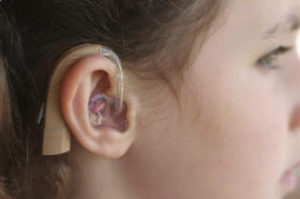Reversible Addition Fragmentation chain Transfer (RAFT) research project
SIEF supports RAFT research for Biomedical Applications
The challenge

Helping develop the next generation of polymeric materials.
The ageing population with increasing life expectancy, the high expectations for better quality of life and the changing lifestyle of society call for improved, more efficient and affordable health care ranging from prevention, early detection and safe treatment options. This includes new vectors for delivery of therapeutics and imaging agents, new responsive implantable biomaterials and scaffolds for regenerative medicine, wound care applications, and clinical diagnostic and laboratory devices.
The response
To address these needs emerging polymer materials are being developed. Materials developed to date are predominantly designed to have suitable properties (e.g. elasticity, durability, degradability) and to be biologically inert or “passive”. The key challenge to develop the next generation of polymeric materials is to develop “active” materials capable of promoting desired biological responses (e.g. targeted delivery, interaction with specific cell and tissue types or programmed cell responses). To help deliver the next generation of “active” polymer based materials, the versatility of CSIRO’s Reversible Addition Fragmentation chain Transfer (RAFT) technology will be exploited to gain unparalleled access to polymers with highly defined size, functionality and complex architectures.
The collaboration
The project brings together a multi disciplinary project team that is comprised of world leaders from CSIRO, who are the inventors of RAFT, the University of Washington, the O’Brien Institute Department (St Vincent Institute of Medical Research) and Australia’s leading biomedical device company, Cochlear Ltd. Coupling the technical expertise from CSIRO, clinical application from O’Brien Institute and end user engagement from Cochlear has resulted in a strong and successful collaboration across the path to impact.
Projected impact
The expansion of RAFT into the multi-billion dollar medical and pharmaceutical sectors will position Australia at the forefront of biomedical materials research while offering the potential for:
- Developing new polymers that can carry many different drugs and can be armed with a disease-targeting biomolecule allowing tailor made therapies thus increasing their efficacy.
- Enhance current therapies by specifically homing-in on diseased cells and delivering multiple drugs to destroy diseased cells and leave normal cells alone, reducing undesirable toxicity.
- Mimic biology by enhancing the delivery of drug inside the cells where the action occurs, allowing the drug to last longer thus reducing visits to the doctor.
- Modify the surface of implanted medical devices to reduce rejection. The work with Cochlear Ltd has the potential to greatly improve the versatility of their leading cochlear implants by reducing rejection.
- Development of new diagnostic systems, medical imaging, wound care, and scaffolds for regenerative medicine, creating a greater armoury for treatments across a breadth of medical applications.
Download: Reversible Addition Fragmentation chain Transfer (RAFT) research project [pdf · 80kb]
